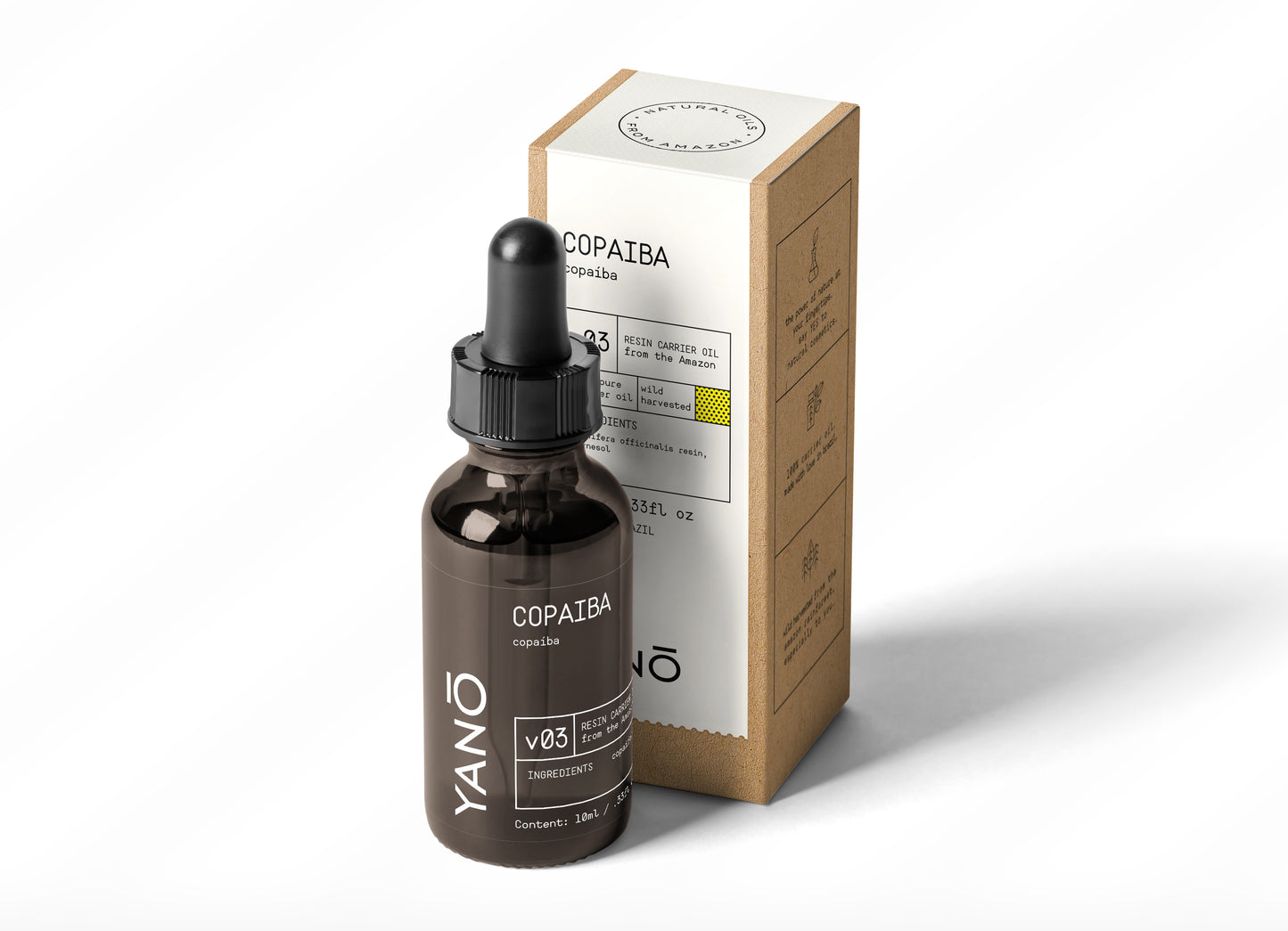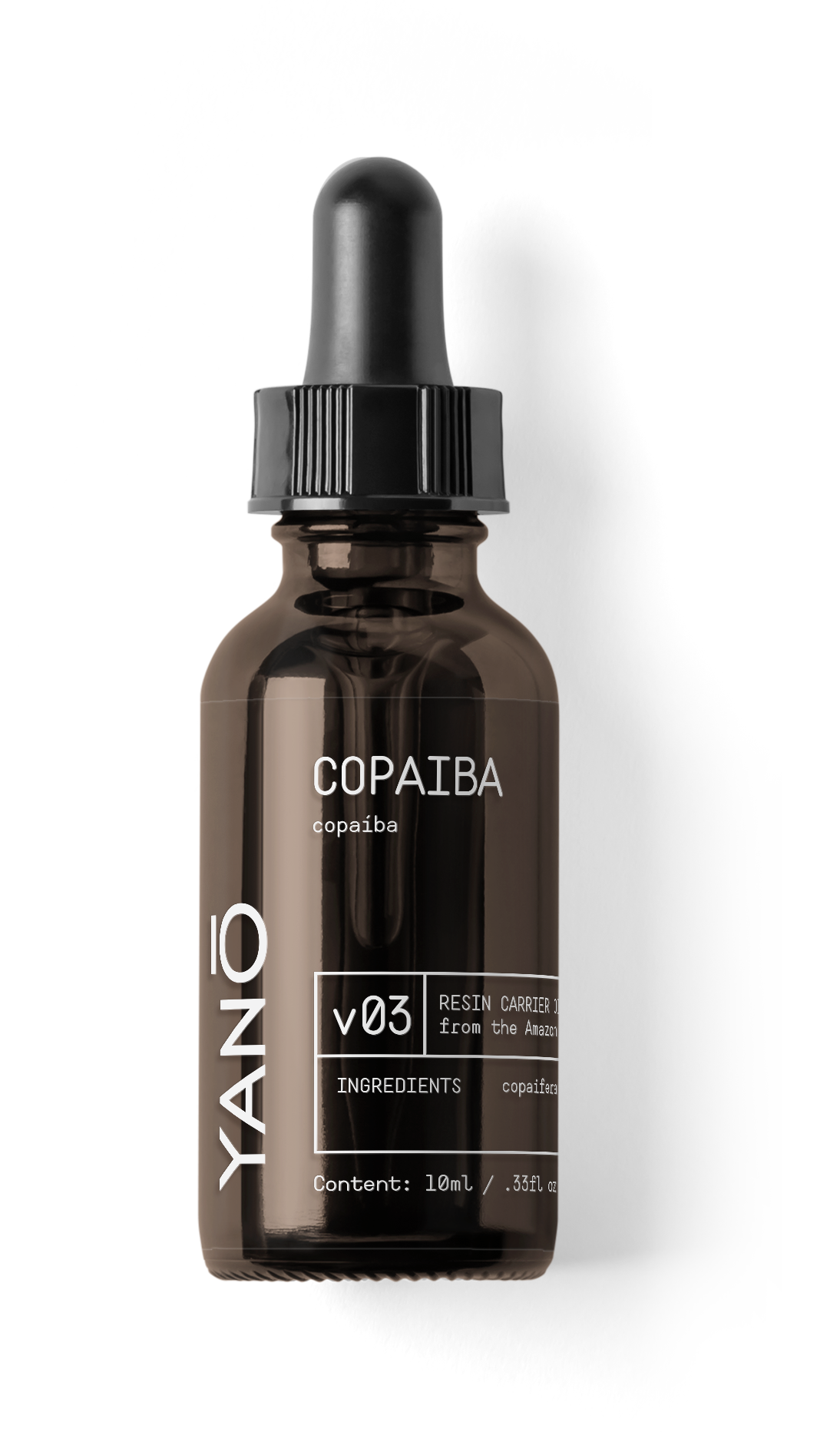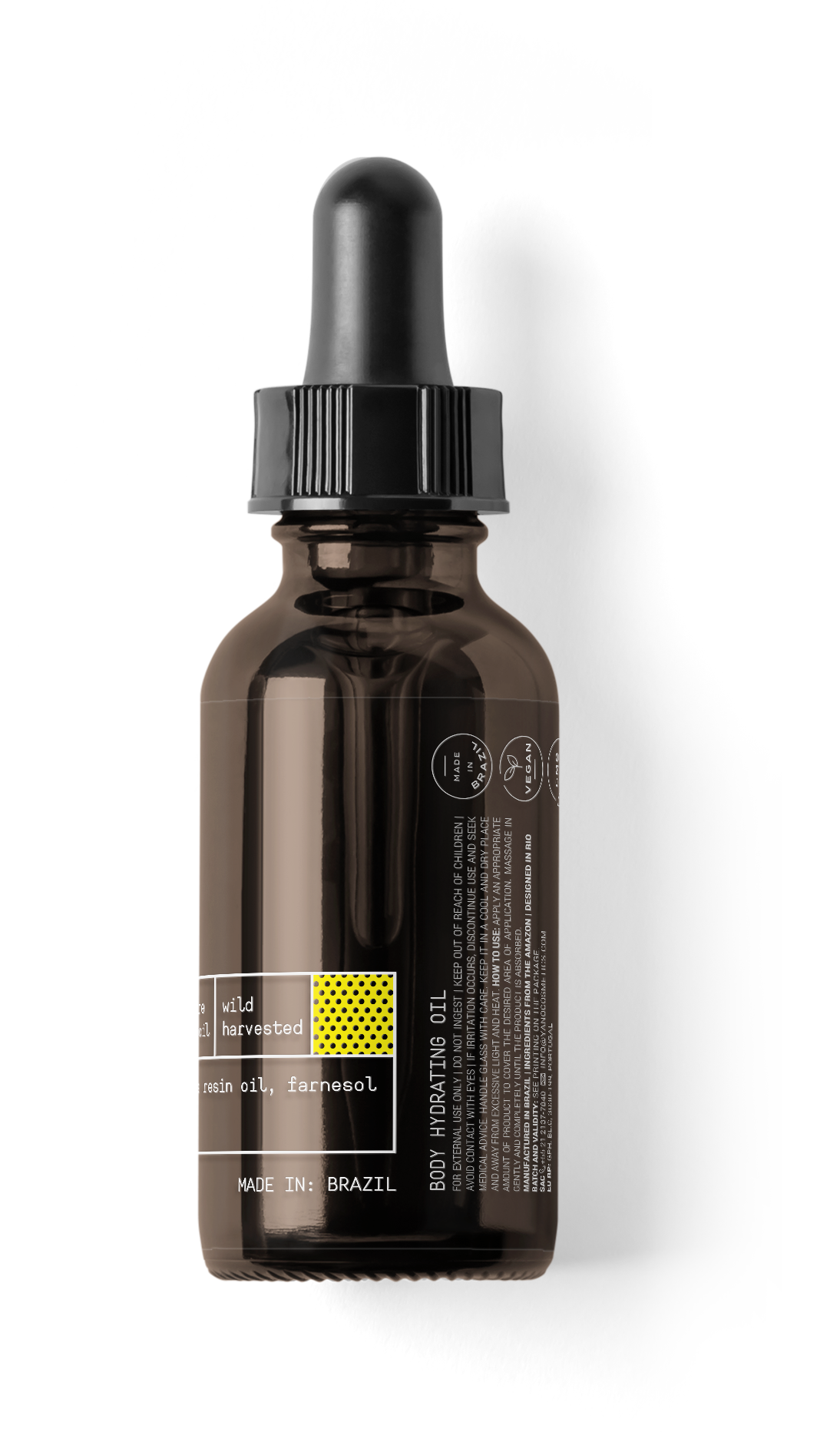Yano Cosmetics
Copaiba Resin Carrier Oil
Copaiba Resin Carrier Oil
Couldn't load pickup availability
COPAIFERA OFFICINALIS
The chemical composition of Copaiba oil-resin contains approximately 72 sesquiterpenes (hydrocarbons) and 28 diterpenes (carboxylic acids), each comprising 50% of terpenes. Copaiba balsam is widely used to relieve inflammation, skin problems, wounds, and injuries, possessing anti-inflammatory, healing, and antiseptic properties. Copaiba oil-resin also has anti-ulcer, antiviral, and anti-rhinovirus properties. It is a popular product from the Amazon, often referred to as the miracle of the forest.
The Copaiba oil-resin Carrier Oil from Yano Cosmetics is 100% pure, natural, and organic. Its composition is free from preservatives, dyes, artificial fragrances, parabens, silicones, and sulfates. The product is vegan, cruelty-free, and free from animal-derived ingredients.
Share
Handling Instructions
Handling Instructions
Due to their natural and 100% pure composition, our oils may partially or fully solidify in colder temperatures. If this occurs, gently warm the bottle in a water bath or leave it at room temperature until the oil returns to its liquid state.
Properties
Properties
- skin and hair repair
- anti-inflammatory
- moisturizing
- analgesic
- bactericidal
DataSheet
DataSheet
- Product: Copaiba Carrier Resin Oil
- Packaging: Amber glass bottle with pipette and silicone dropper.
- Content: 10ml of carrier oil
- Origin: Brazil
- Scientific Name: Copaifera officinalis resin
- Extraction Method: Cold pressing
- Composition: 100% pure Copaiba carrier resin oil.
Origin
Origin
Brazil
How To Use
How To Use
- Topical Use - 1ml
- Facial Massage - 5ml
- Scalp Massage - 5ml
- Body Massage - 5-30ml
- Baths - 1 tablespoon of carrier oil
Botanical Aspects
Botanical Aspects
A copaiba tree is a tree that can grow over 25 meters tall, and its bark, leaves, and branches emit the characteristic smell of the oil. The fruits are highly appreciated by forest animals. Copaiba oil, or oleoresin, is distributed in the tree's wood through excellent vertical channels and accumulates in small pockets in its trunk. Copaiba uses this oil to defend against its natural enemies, such as termites.
Combinations
Combinations
Bergamot, orange, lemon, palmarosa, tangerine, ylang-ylang.
Do It Yourself
Do It Yourself
Medicinal clay, neutral base cream, massage oil, neutral base shampoo, and essential oils.
Fun Facts
Fun Facts
The first mention of Copaiba oil may have been made in a letter from Petrus Martius to Pope Leo X published in 1534 in Strasbourg. In that letter, reference is made to "copei" as an indigenous drug. Later, it was described by Linnaeus in 1762. This was probably the main species of Copaiba whose oils were traded through the Caribbean in the early days of the colonization of America in the 16th and 17th centuries, as it was the most common in northern Amazon, in the far north of Brazil, in Roraima, from Venezuela to the Antilles, being called by the indigenous people Copaiba Maracaibo. Currently, the oils from this species are still commercialized in the region, especially in Boa Vista. The dissemination of C. officinalis depends directly on the seed dispersers. Generally, toucans are attracted by its yellow aril and the coumarin odor emitted by the seeds. When the Portuguese arrived in Brazil, Copaiba oil was widely used among Brazilian indigenous peoples. Everything indicates that the use of this oil came from observing the behavior of certain animals that, when injured, rubbed themselves on the trunks of Copaiba trees. The indigenous people used it mainly as a healing agent and applied it to the umbilicus of newborns to prevent the "seven-day illness." When returning from battles, warriors would apply Copaiba oil to their bodies and lie on suspended and heated mats to heal wounds. The tree, also called "pau de óleo" (oil wood), is easily found in the forest due to the intense aroma of its bark. Called "copaíva" or "copahu" by the indigenous people (from the Tupi: kupa'iwa and kupa'u, respectively).



I loved this oil, is very concentrate and efficient!



